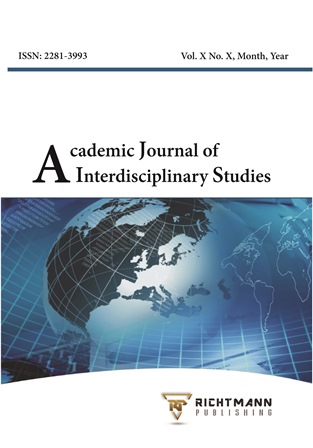Bao Dai Solution and the Formation of the “National Government of Vietnam” During the Indochina War (1945-1954)
DOI:
https://doi.org/10.36941/ajis-2024-0056Keywords:
Vietnam, France, colonialism, Bao Dai solution, National Government of VietnamAbstract
After World War II, Vietnam declared independence from France and Japan following the victory of the resistance movement for independence led by the Viet Minh. However, with the regulations at the Yalta conference, France returned to wage war to force Vietnam and the entire Indochina peninsula to fall under French rule as before. In Vietnam, France refused to cooperate with Viet Minh because it believed that this organization was Communist. France tried every way to set up a “puppet” government and they turned to Bao Dai, an Emperor who had just been overthrown in August 1945. The Bao Dai solution was proposed by France to maintain colonialism in Vietnam. This solution aims to establish a “National Government of Vietnam” under French influence, maintaining French interests and influence. This research article aims to clarify the puppet nature of the “National Government of Vietnam” and show that it had an important influence on the situation in Vietnam during the Indochina War (1945-1954). Methods of exploiting historical documents, logical methods and international relations research methods are used to clarify the content of the research article.
Received: 13 October 2023 / Accepted: 29 January 2024 / Published: 5 March 2024
Downloads
Downloads
Published
Issue
Section
License

This work is licensed under a Creative Commons Attribution-NonCommercial 4.0 International License.
This work is licensed under a Creative Commons Attribution-NonCommercial 4.0 International License.








